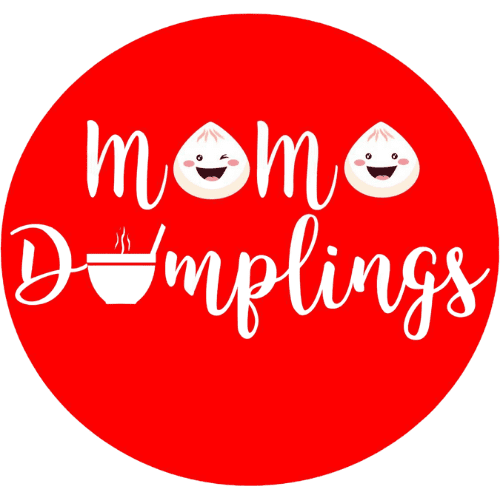
When planning an event, one big question comes up early: How should the food be served? Choosing the right food service style sets the tone for your entire event. Two of the most popular options are buffet style and plated meals. Both come with unique benefits, depending on the occasion, guest count, and budget. This guide will help you compare these service styles and decide which one fits your event best.
What Is Buffet Catering?
A buffet involves guests walking up to a spread of dishes and serving themselves. This buffet-style service is common at weddings, large gatherings, and more relaxed celebrations. Guests move at their own pace, sample what they like, and often return for seconds.
Buffets are typically more budget-friendly, especially for events with a high guest count. They’re also flexible for serving a variety of dishes and managing specific dietary restrictions.
Pros of Buffet Catering:
-
More food variety: Buffets offer flexible options for guests with dietary restrictions or unique preferences.
-
Flexible portions: Guests choose their own portions, whether they want a little of everything or just their favorites.
-
Fewer staff members needed: Compared to plated meal service, buffets usually require fewer servers, helping reduce labor costs.
-
Efficient for large events: For events with over 250 guests, buffet service is often faster and more efficient than other meal service options.
-
Social vibe: Guests move around, mingle, and enjoy the event in a more casual setting.
Cons of Buffet Catering:
-
Food waste: Buffet meals can lead to increased food waste when guests take small portions and return for seconds.
-
Less formal: While still elegant, buffets may not suit all formal events or black-tie occasions.
-
Presentation: Though appealing, buffets are not as visually refined as plated meals.
What Is Plated Catering?
Plated service is more formal, with each plated dinner delivered to the table by servers. This approach is common at wedding receptions, upscale dinner service events, and occasions where timing and presentation are key.
Guests typically choose their meals in advance. A seating chart is required to ensure everyone receives the correct meal. This style works best when the event follows a set timeline.
Pros of Plated Catering:
-
Beautiful presentation: Plated meals are served with consistent, elegant presentation.
-
Multiple courses: Events may include appetizers, entrees, and a plated dessert, enhancing the dining experience.
-
Structured flow: The event follows a clear schedule with coordinated meal service and transitions.
-
Fixed pricing: Most plated dinners are priced per guest, helping simplify budgeting.
-
Fewer distractions: Since guests stay seated, the focus remains on the program, like speeches or entertainment.
Cons of Plated Catering:
-
Less flexibility: Guests choose from pre-selected meals, which may not work for all dietary restrictions.
-
Higher staffing needs: This style requires more service staff, including wait staff and kitchen support.
-
More planning: You’ll need to manage RSVPs, meal selections, and the seating chart in advance.
Buffet vs. Plated: What’s the Difference?
Style and Atmosphere
Buffet style creates a casual, energetic setting. It encourages mingling and movement, which works well for outdoor parties, casual weddings, or laid-back receptions. Plated service, on the other hand, delivers a formal, elegant atmosphere ideal for traditional weddings, corporate events, and black-tie dinners.
Guest Experience and Flow
Buffet meals allow guests to move at their own pace, choose exactly what they want, and go back for seconds. It supports variety but can create lines. With plated dinners, guests remain seated while multiple courses are served in a structured flow. This setup works best when the event includes speeches, performances, or a tight timeline.
Staffing and Logistics
Buffet service typically requires fewer staff members, since guests help themselves. It’s easier to manage logistically, especially for large guest counts or events with guest count fluctuations. In contrast, plated meal service involves wait staff, kitchen coordination, and a seating chart to ensure each person gets the correct meal with more effort, but more control.
Cost and Menu Flexibility
Buffets are generally more cost-effective and can better accommodate specific dietary restrictions, offering guests a wider range of choices. They’re also easier to scale up if more people show up. Plated meals, however, are priced at a fixed cost per meal, offering predictable budgeting but less flexibility. Guests must choose in advance, and last-minute changes can be difficult.
What Momo Dumplings Can Do for You
At Momo Dumplings, we work with you to choose the right meal service for your event. Whether you prefer the variety of buffet service or the elegance of plated dinners, our team ensures smooth execution from planning to presentation. We build custom menus, coordinate with your venue, accommodate dietary restrictions, and guide you through every detail.
From backyard celebrations to black-tie weddings, our experienced catering staff delivers quality, consistency, and care, no matter the food service style.
Conculsion
Choosing between buffet vs plated catering depends on the tone, size, and structure of your event. If you want flexibility and lots of food variety, buffets offer an engaging, cost-effective solution. If your event calls for elegance, timing, and visual appeal, plated meals may be the right fit.
Each service style has its own strengths. With the right planning and partner, either one can create a memorable dining experience for your guests.
